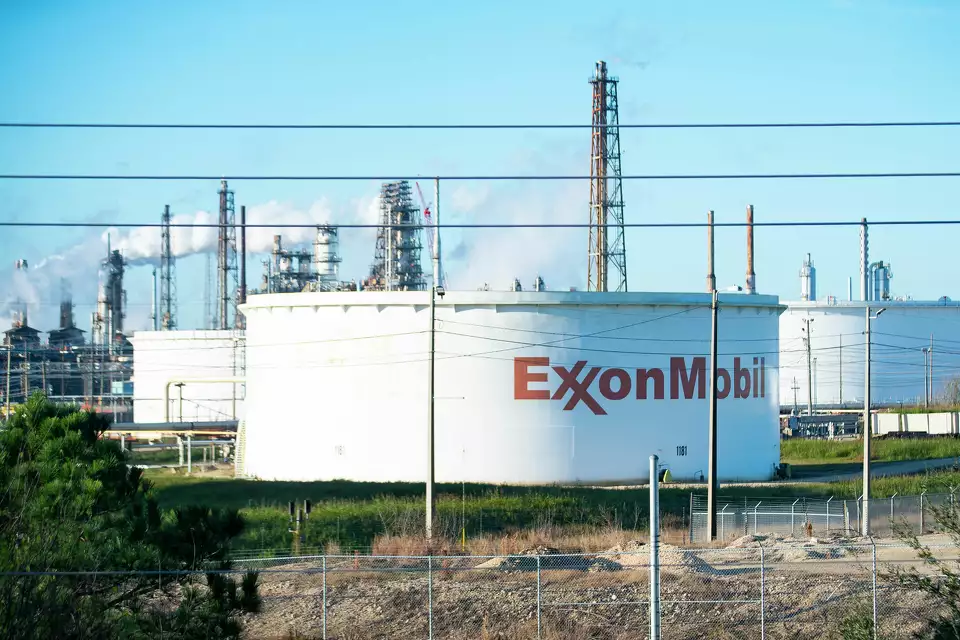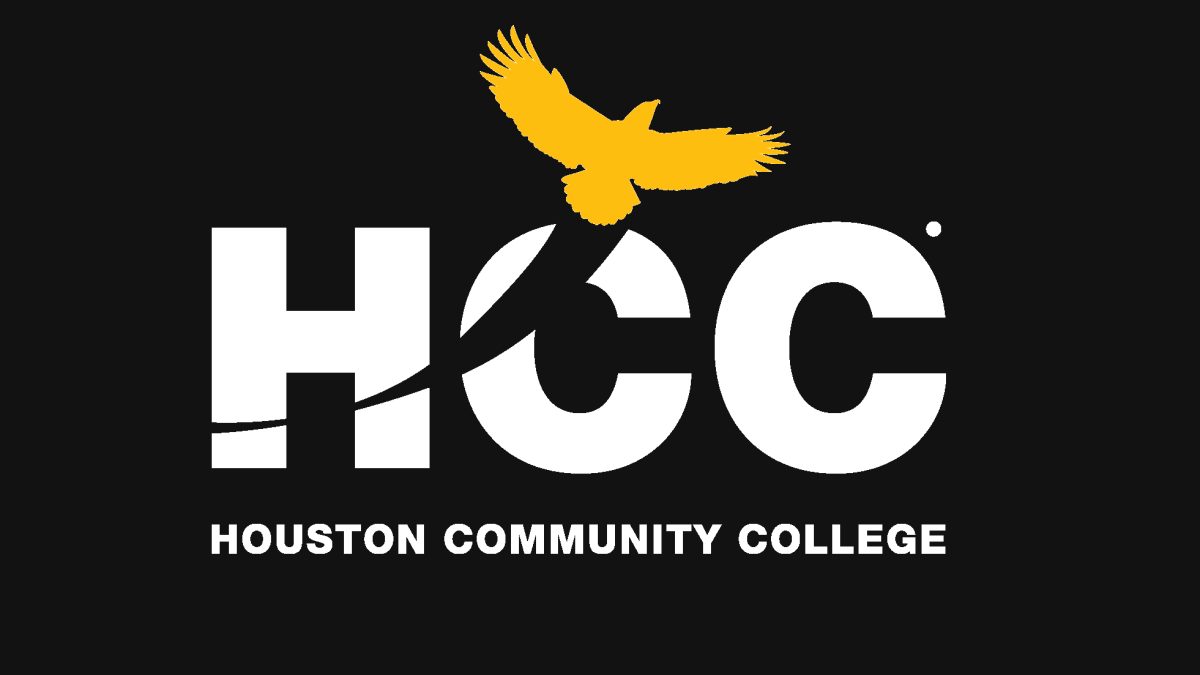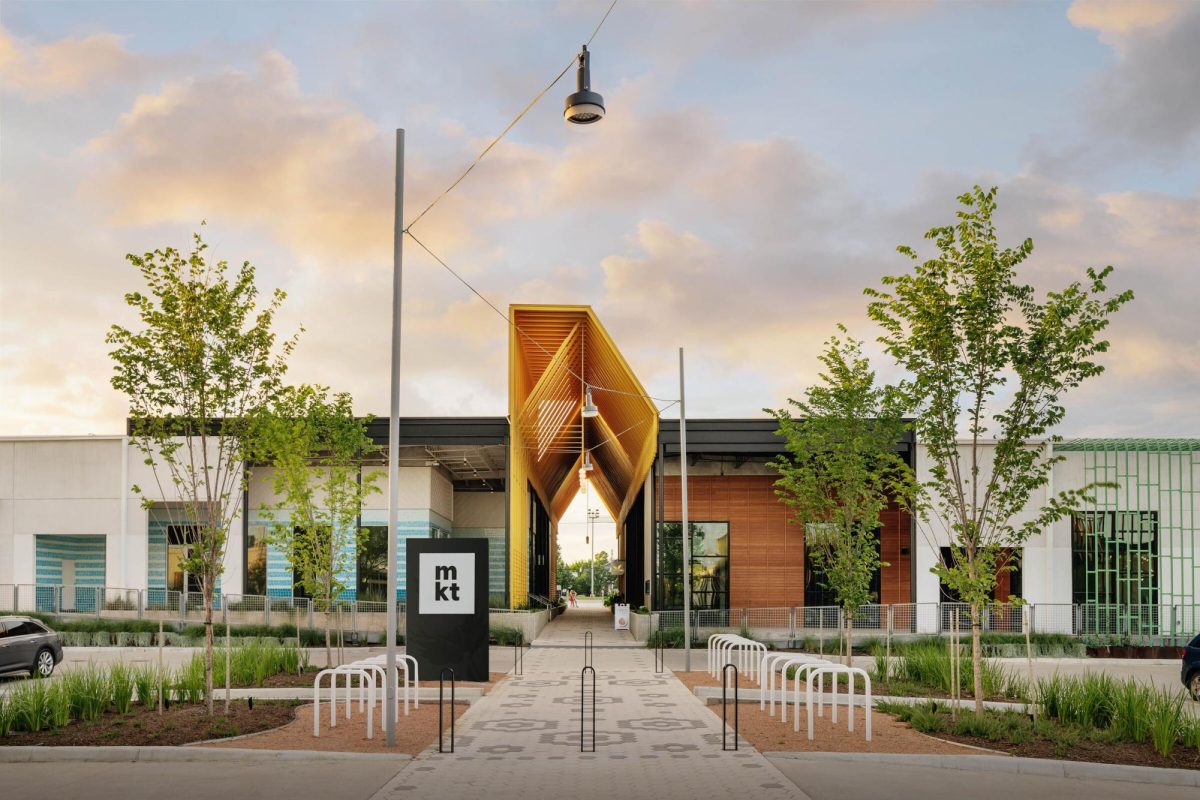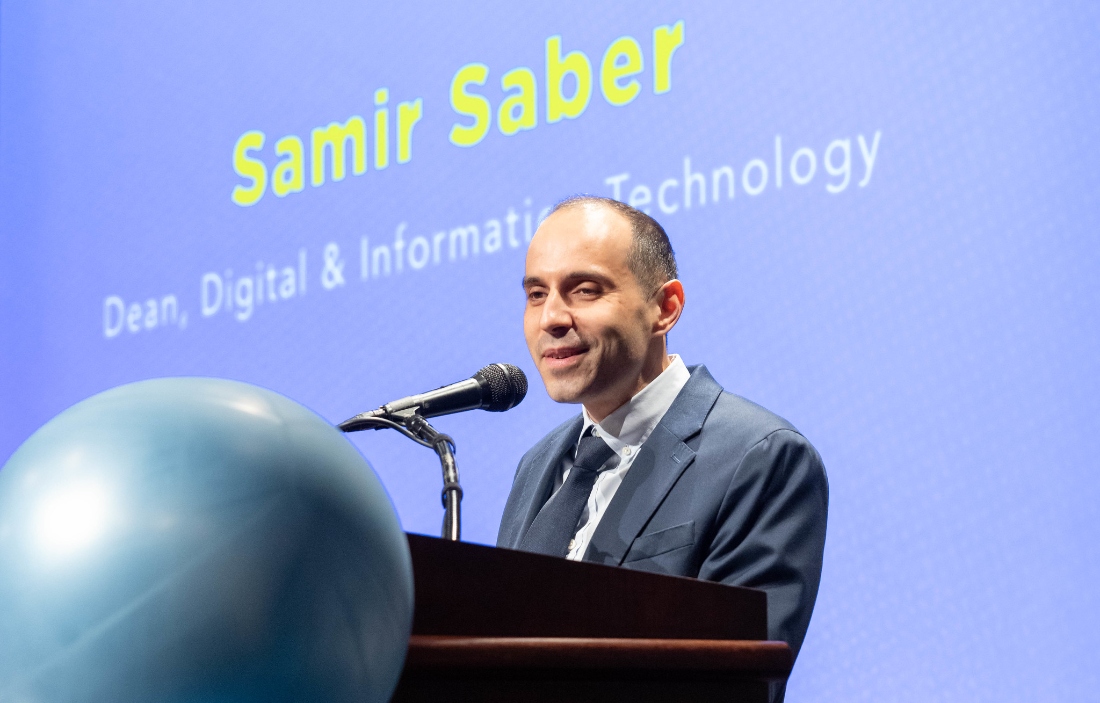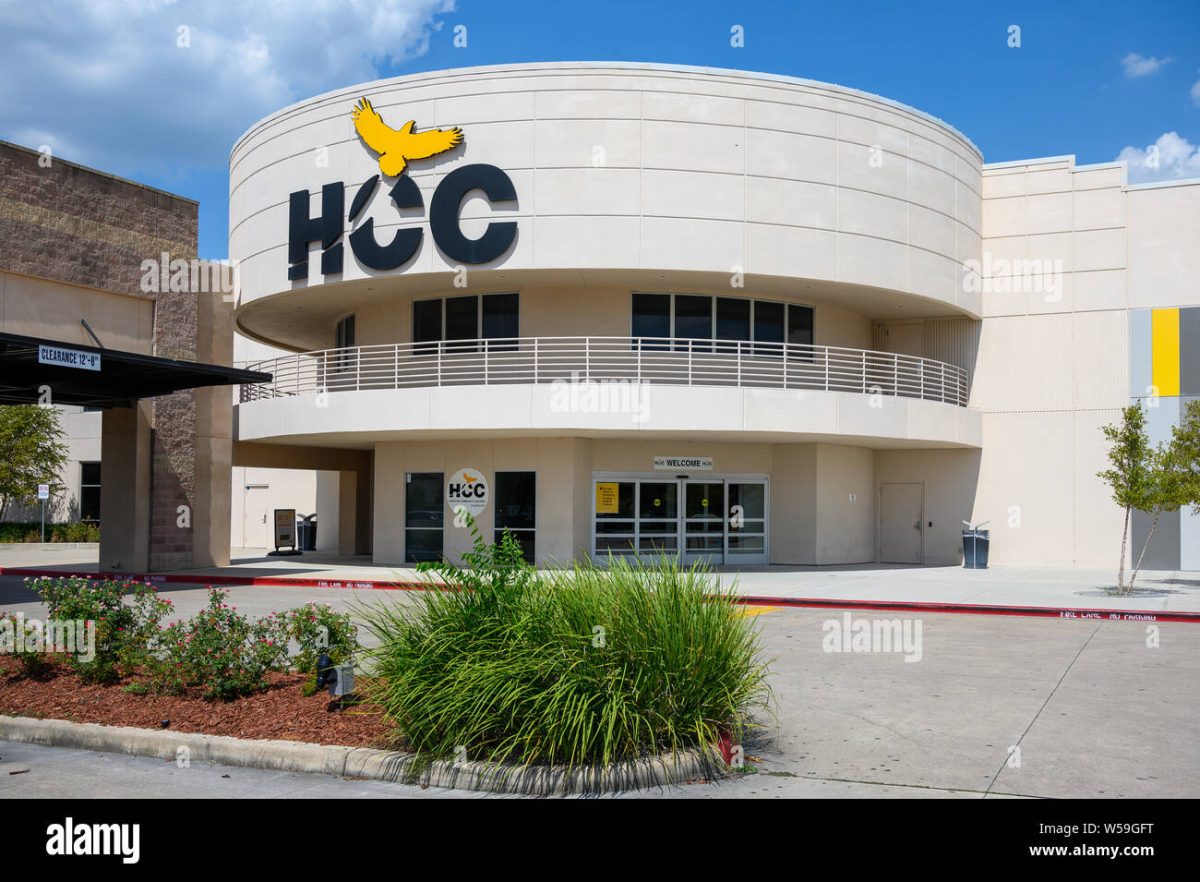Houston METRO Attempting Fight Congestion in the Years to Come
October 9, 2019
Any city with sufficient population to cause traffic congestion has sufficient population to support a first rate public transportation alternative. In our city, where I-610 is commonly referred to as the “Ring of Fire,” due to the inescapable yellow, orange, and reds on our satellite navigation during rush hour traffic, the statement stands. The population of the metro area is expected to increase to over 10 million residents by the year 2040 and some city officials are making plans to deal with the influx of new residents.
METRONext is a $7.5 billion plan to make Houston’s public transport more useful, more efficient, and more rewarding by adding a plethora of enhancements to current services as well as new services altogether to serve Houston’s residents.
The HOV lanes on I-45 North, I-10 West, and I-69 will now be two way which will operate, presumably, for longer daily duration. METRONext will also be adding Bus Operations Optimized System Treatments (BOOST) corridors, which will have altered timing for traffic signals which give priority to city buses, as well as system wide route improvements.
Within the resolution for METRONext is also plans for the creation of METRORapid a new Bus Rapid Transit system to George Bush Intercontinental Airport and between the inner Katy corridor and the North West Transit Center and approximately ten new Community Connectors. The most noticeable change however will be the extension and combination of the Green and Purple METRORail lines. The north boundary will be extended to the Houston Municipal Courthouse and the south boundary after the combination will be extended to William P. Hobby Airport.
In November’s ballot Houstonians will be able to vote on Proposition A, the first $3.5 billion phase of METRO’s next state.


